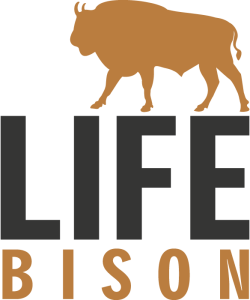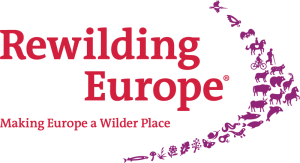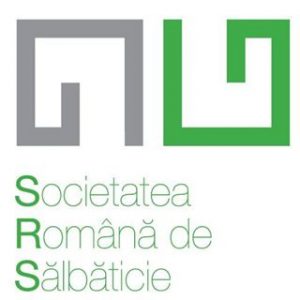Rewilding Europe and WWF Romania are delighted to announce the successful reintroduction of 23 European bison at two sites in the Southern Carpathian mountains of Romania. The animals, which were sourced from nine European nature reserves and zoos, have been released over the course of several weeks. Ongoing rewilding efforts involving bison began in the Southern Carpathians in 2014. This reintroduction – the largest ever in the Carpathians – significantly advances the comeback of this magnificent species and takes the local population up to 53. Around 30 of these animals are now freely roaming in the wild, with the recently released bison kept in enclosures until their full release later this year.
Scaling up
Rewilding Europe and WWF Romania have been working hard to establish free-roaming bison populations in the Tarçu and Poiana Ruscă Mountains (part of the Southern Carpathians) since 2013. The first two bison releases took place in 2014 and 2015, while June 2016 saw a third bison release take place as part of the European Commission-funded LIFE Bison project. A fourth release of nine animals took place under the project in April last year.
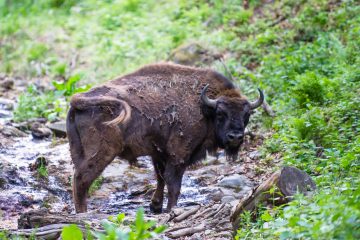
This latest bison reintroduction has seen the 23 animals divided between two sites, with 14 released at a new rewilding site in the Poiana Ruscă Mountains, near the village of Densuș. Until now all animals have been released into the existing rewilding area in the Țarcu Mountains, near the town of Armeniș.
Preparation of the Poiana Ruscă site took two years of intensive effort, with local authorities and communities excitedly welcoming the arrival of the animals. The new release site was carefully selected by the expert teams of Rewilding Europe and WWF Romania to support the creation of a genetically and demographically viable European bison population in the Southern Carpathians.
“The opening of the Poiana Ruscă site, which is located in a key wildlife corridor, represents a big step forward for bison rewilding in the area,” says Marina Druga, LIFE Bison Project Manager. “Rewilding Europe and WWF Romania are working hard to ensure the connectivity and genetic diversity of the reintroduced sub-populations. This can only be done if the species is released in more than one area.”
Multiple sources, one common goal
This latest reintroduction has seen 19 European bison sourced from across Europe, with four more animals translocated within Romania (the first bison translocation within Romanian borders in this project). Their transport and release have been a major feat of organisation, but significantly boosts bison rewilding efforts in the Southern Carpathians.
At the beginning of May four young bison, aged between two and four years old, made a 350 kilometre journey from the Bison Valley Nature Reserve in Brasov County to the Southern Carpathians. Two animals were released into each of the rewilding areas.
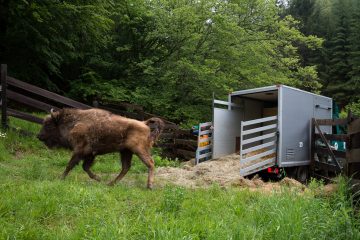
This last week has also seen 19 European bison travel from Germany and Italy to their new home in the Southern Carpathians. Of these, 12 animals were released at the Poiana Ruscă site, and seven in the Țarcu Mountains.
On May 10, 12 bison from four German reserves – Bad Berleburg, Donaumoos, Farchau and Springe Bison Reserve – arrived in Densuș and were released into the Poiana Ruscă rewilding area. Thomas Hennig, Director of the Springe Bison Reserve, coordinated the operation in Germany and travelled with the animals on every stage of their journey.
“I have been working with bison nearly all my life,” says Hennig. “My passion for these amazing animals started when I was nine and one them looked me in the eye for the first time. It has been an immense satisfaction for me to follow our bison on their way to freedom in Romania.”
The final stage of this month’s bison reintroduction marathon saw four bison from Tierpark Zoo Berlin, one from Damerower (in eastern Germany) and two from the Veneto-based Parco Natura Viva arrive in Armeniș on May 16. They were then released into the Țarcu Mountains rewilding area. All of these animals, together with the costs of their transportation, were very generously donated. This represents a fantastic contribution to the Southern Carpathians rewilding initiative and means the local community in Armeniș can now celebrate a full five years of bison reintroductions.
“I am very proud to be part of this relocation, which is a first for Tierpark Berlin,” says Christian Kern, Deputy Zoological Director of the Zoological Gardens Berlin in Germany. “It’s great to see zoos and conservation projects working more closely together and bringing benefits for wildlife.”
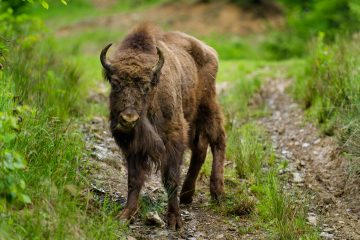
“People might not like to see animals in captivity, but what they often don’t realise is that we also release animals into the wild through projects like this,” adds Caterina Spezio, Parco Natura Viva’s Head of Research and Conservation Department. “Humans often have a negative impact on nature, but this initiative demonstrates that they can also help in its restoration.”
Painstaking preparation
All of the European bison involved in this reintroduction were carefully selected, with their genetics, age and gender giving them the best chance of thriving in their new environment. Before they are allowed to roam free the animals will undergo a two-month acclimatisation period, living in successively larger enclosures before they are finally released into the wild. During this period they will adapt to the new social structure, habitat, food and climate. After their release they will be monitored by a bison ranger team, as is the case with previously released herds, with five of the newly arrived bison already fitted with GPS collars.
All bison translocations went smoothly and were accompanied by specialised veterinarians and advisors from the Romanian Wilderness Society. The animals were periodically examined, fed and watered to ensure their wellbeing during transportation. The bison acclimatisation area and surroundings had been thoroughly prepared by LIFE Bison rangers over the past two months.
“This year’s long winter hindered the start of our preparations,” says LIFE Bison Project Officer Florin Halastauan. “We were left with only a month to repair electric fences, the enclosure and 15 kilometres of forest road.”
Working together for a viable bison population
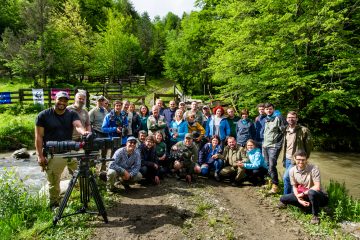
This reintroduction has seen a diverse group of rewilding experts, bison specialists and bison breeding centres come together like never before. European zoos, international wildlife reserves, universities, local partners and stakeholders have demonstrated that only through cooperation at all levels can we create a free-roaming bison population in the Southern Carpathians. On May 17 all of these partners came together in the Romanian town of Borlova for a one-day technical conference, discussing future steps and developing a strategic plan for the further strengthening of this cooperation.
A win-win for man and nature
In addition to its positive ecological impact, the ongoing reintroduction of European bison in the Southern Carpathians is also bringing a diverse range of benefits to local communities. The species represents a wider vision for the region that will see wilder nature become an engine for regional development. This is being made possible through the development of nature-based tourism, community development, education, scientific research, technological innovation and other conservation efforts.
“This latest milestone release, which will bring added benefits to both communities and nature in the area, takes us nearer to our target 100 free-roaming European bison in the Southern Carpathians,” says Frans Schepers, Rewilding Europe’s Managing Director. “We are extremely grateful to the municipalities of Armeniș and Densuș and many national and international partners for making this possible, and to the European Commission for supporting our efforts.”
Read more:
- Read more about the LIFE Bison project here.
- Learn more about the Southern Carpathians rewilding area here.
- Visit the Rewilding Southern Carpathians Facebook page here.

